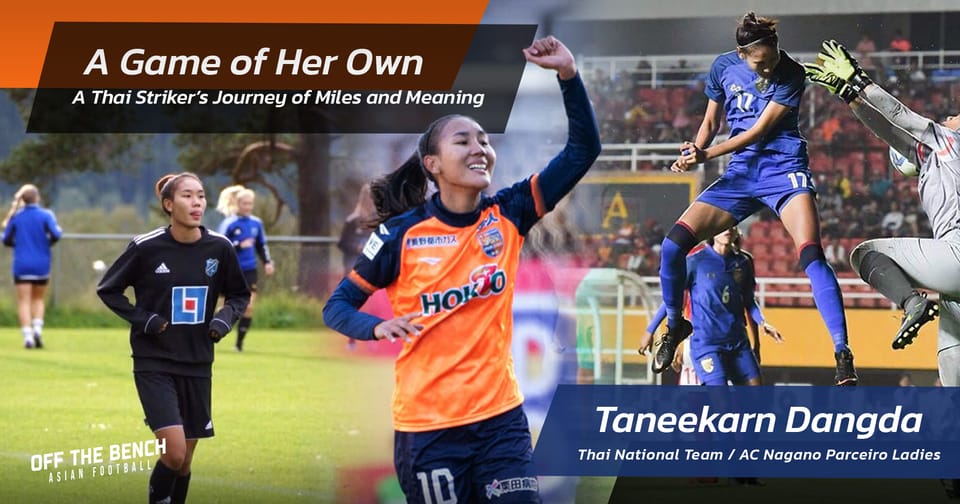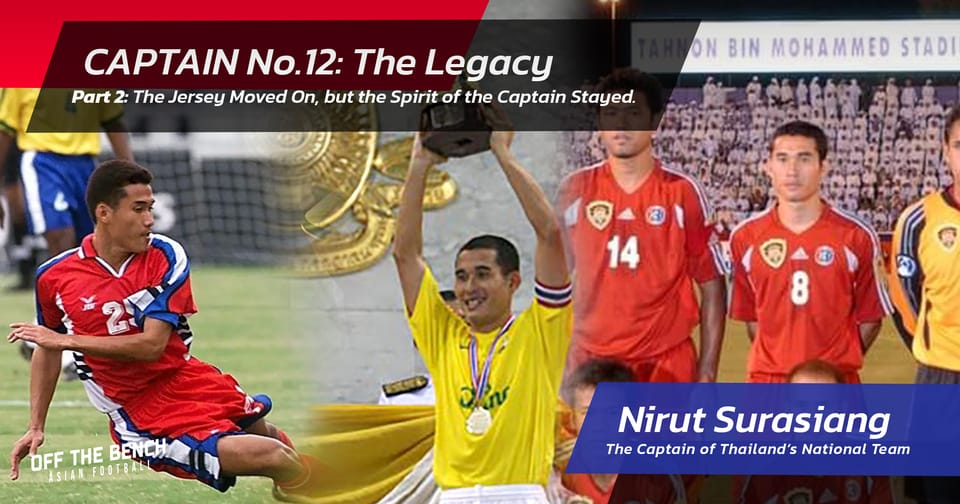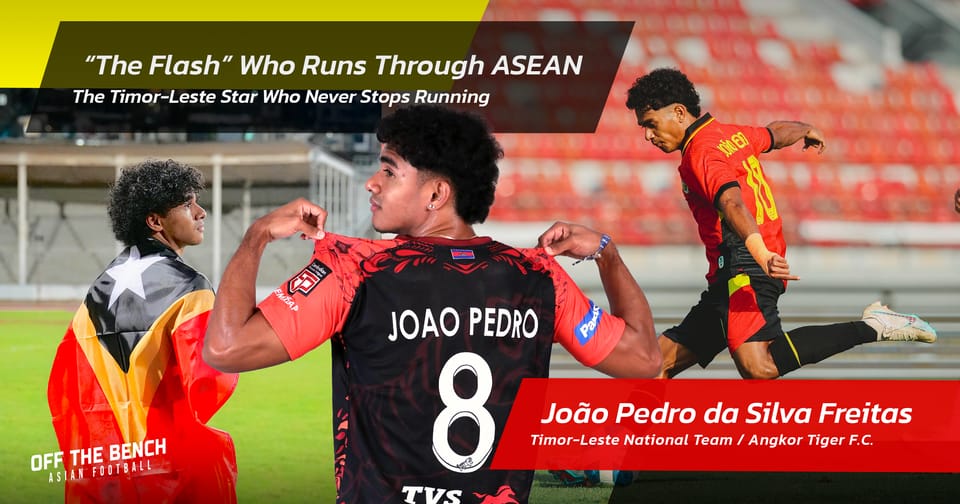CAPTAIN No.12 "Nirut Surasiang"(Part 1): The Making
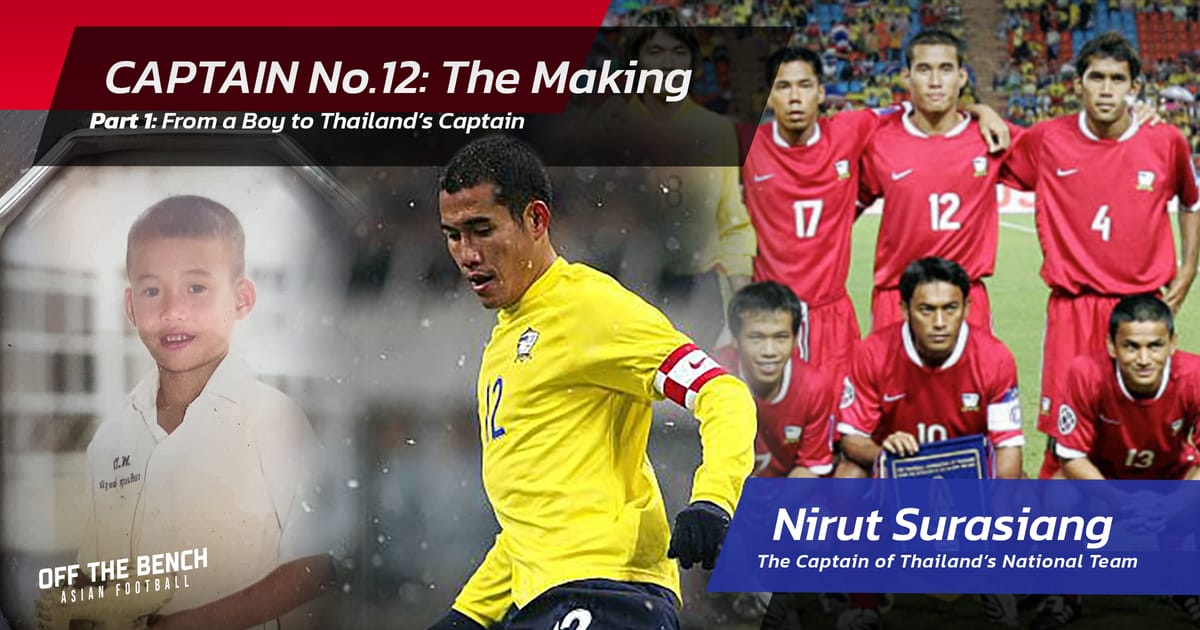
From a Thai Youth Player to Facing World Legends
🇹🇭 Before he became Thailand’s No.12 captain, he was just a young boy chasing dreams on the football fields of Thailand — dreams that would one day lead him to face legends like Zinedine Zidane, David Beckham, Roberto Carlos, Rivaldo, Ronaldinho, and Luis Figo.
There was even a rumor that he had obtained Vietnamese citizenship under the name Đoàn Văn Nirut.
Was it true? And if so, what was the story behind it?
For fans who had the chance to watch him play, many see reflections of his style today in Nicholas Mickelson, the rising star who now proudly wears Thailand’s No.12 jersey.
Let’s uncover this journey together.
At Off The Bench, we are proud to preserve the legacy of Nirut Surasiang, ensuring that his incredible story remains alive for generations of football fans to come.
The Beginning: A Boy from Ban Pong
Born on February 20, 1979, in Ban Pong, Ratchaburi Province, he grew up with football as his constant dream.
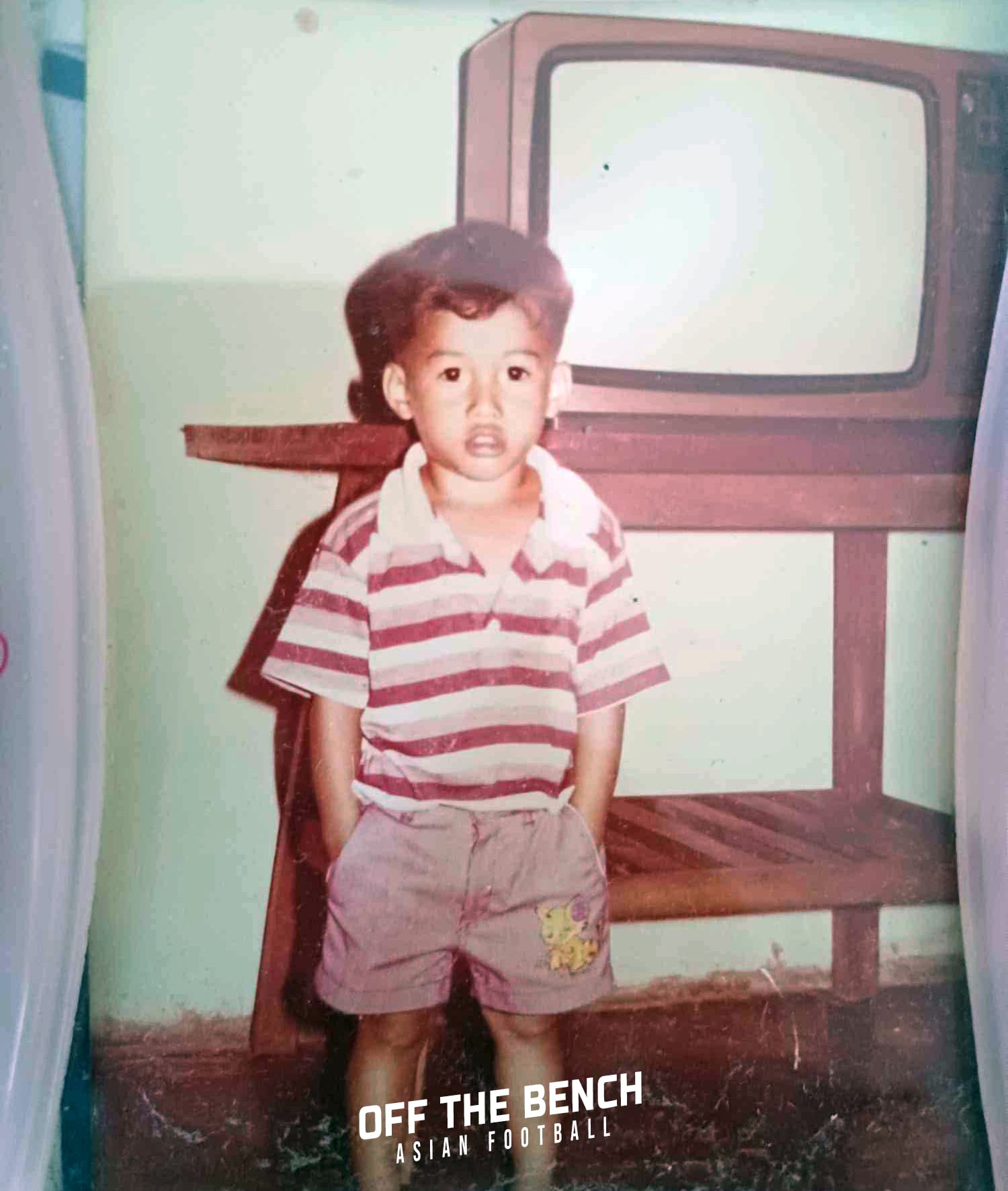
His journey officially began at Sarasit Phithayalai School, a name already respected in Thai football circles — the same school that produced the legendary striker Piyapong Pue-on.
Inspired by Piyapong’s success, he set his sights on becoming a professional footballer himself, much like countless young boys throughout Thailand.
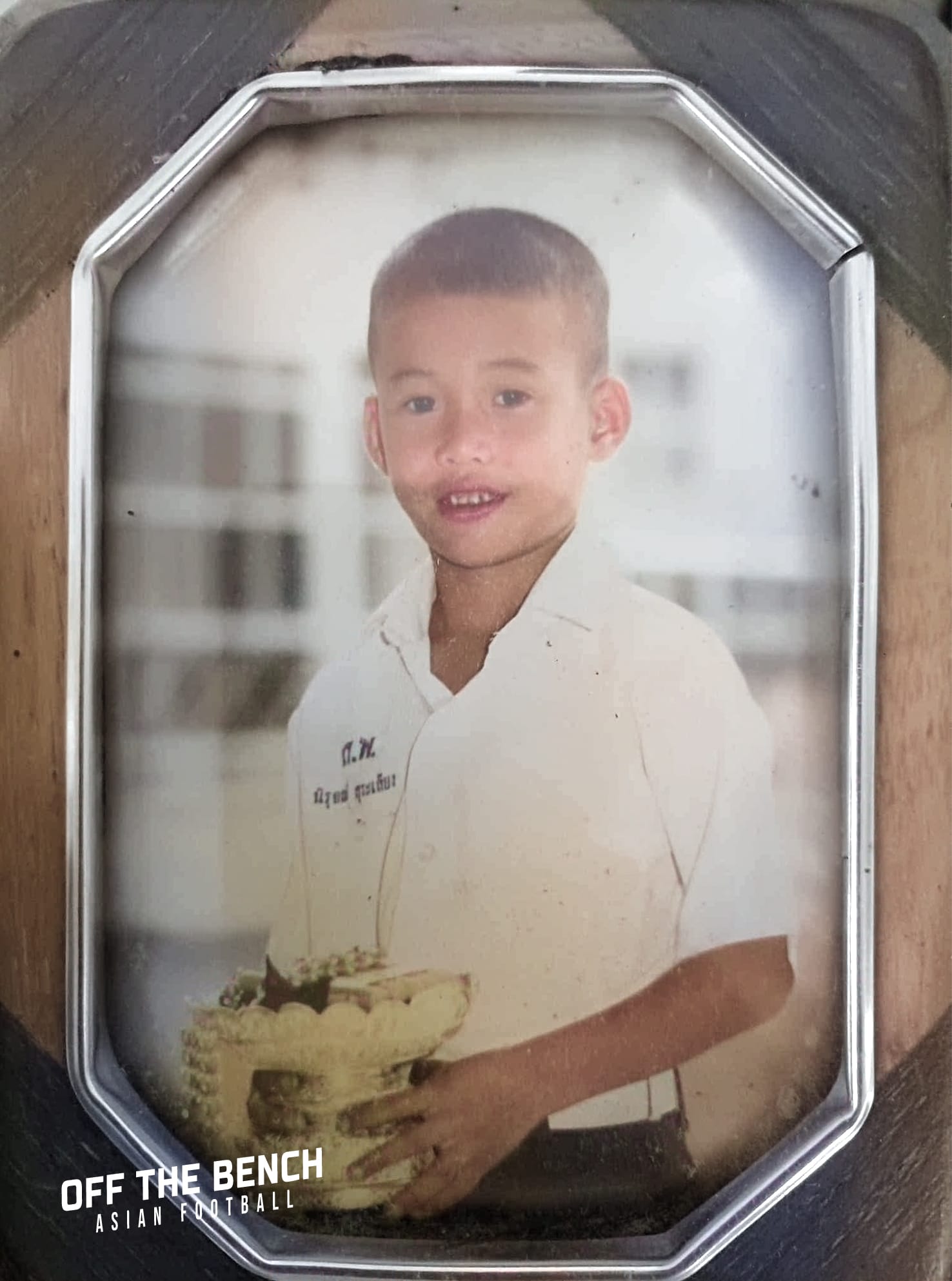
First Steps in Bangkok
As his skills blossomed, he moved to the bustling heart of Thai football — Bangkok — earning a place at Rajdamnern Technological College under the watchful guidance of Coach Phayong Khunnaen.
Surrounded by future stars like Vimol Jankam, Peeratat Phoruendee, Rangsan Viwatchaichok, and Wuttiya Yongant, he quickly made a name for himself.
Not long after, he signed his first youth contract with Krung Thai Bank FC, earning a monthly salary of 2,000 baht — a significant amount for a teenager at the time.
"Life was good — I didn’t have to ask my mom for money anymore," he recalled, smiling. 😄
The Professional Leap
Opportunity knocked sooner than expected.
He joined Stock Exchange of Thailand FC, coached by the experienced Ajarn Arjhan Srong-ngamsub.
Thrown into action immediately, he debuted in a big match against the powerful Royal Thai Air Force FC, led by none other than his idol Piyapong Pue-on, playing his final season before retirement.
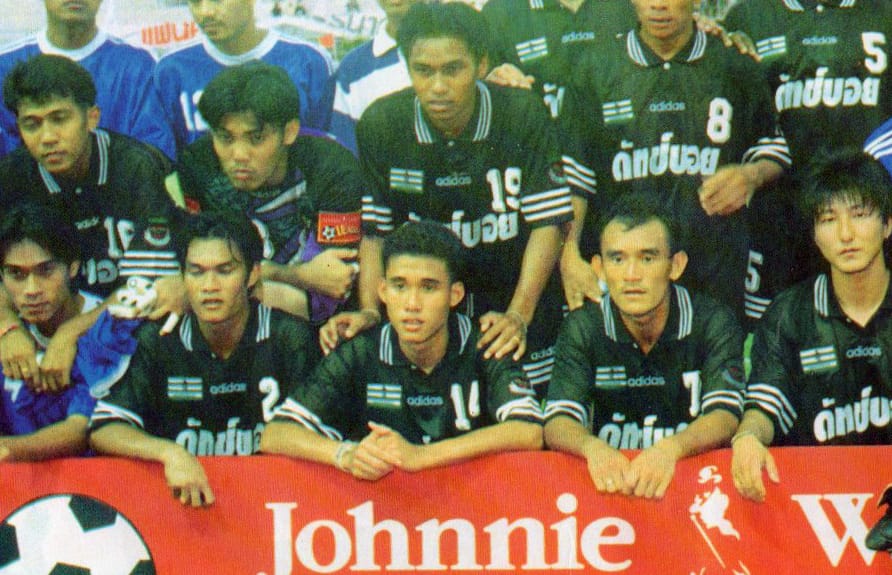
For a young boy from Ban Pong, standing opposite his hero on the field was a dream come true — and a surreal reminder of how far he had already come.
Transition: Stock Exchange FC to Bangkok Metropolitan FC
Unfortunately, fate had other plans.
The Asian Financial Crisis — the infamous "Tom Yum Kung" crisis — severely impacted Thailand’s economy, forcing the Stock Exchange FC to dissolve.
Out of its ashes rose Bangkok Metropolitan FC, under the leadership of Thirachai Wuttitham, and he continued to thrive.
During this period, he began gaining attention from the national setup, receiving call-ups to the Thailand U-19 National Team, coached by Ajarn Charnwit Polcheewin.
BEC Tero Sasana: Making History in Asia
His next move would change his career forever.
He joined BEC Tero Sasana FC, one of Thailand’s rising giants at the time.
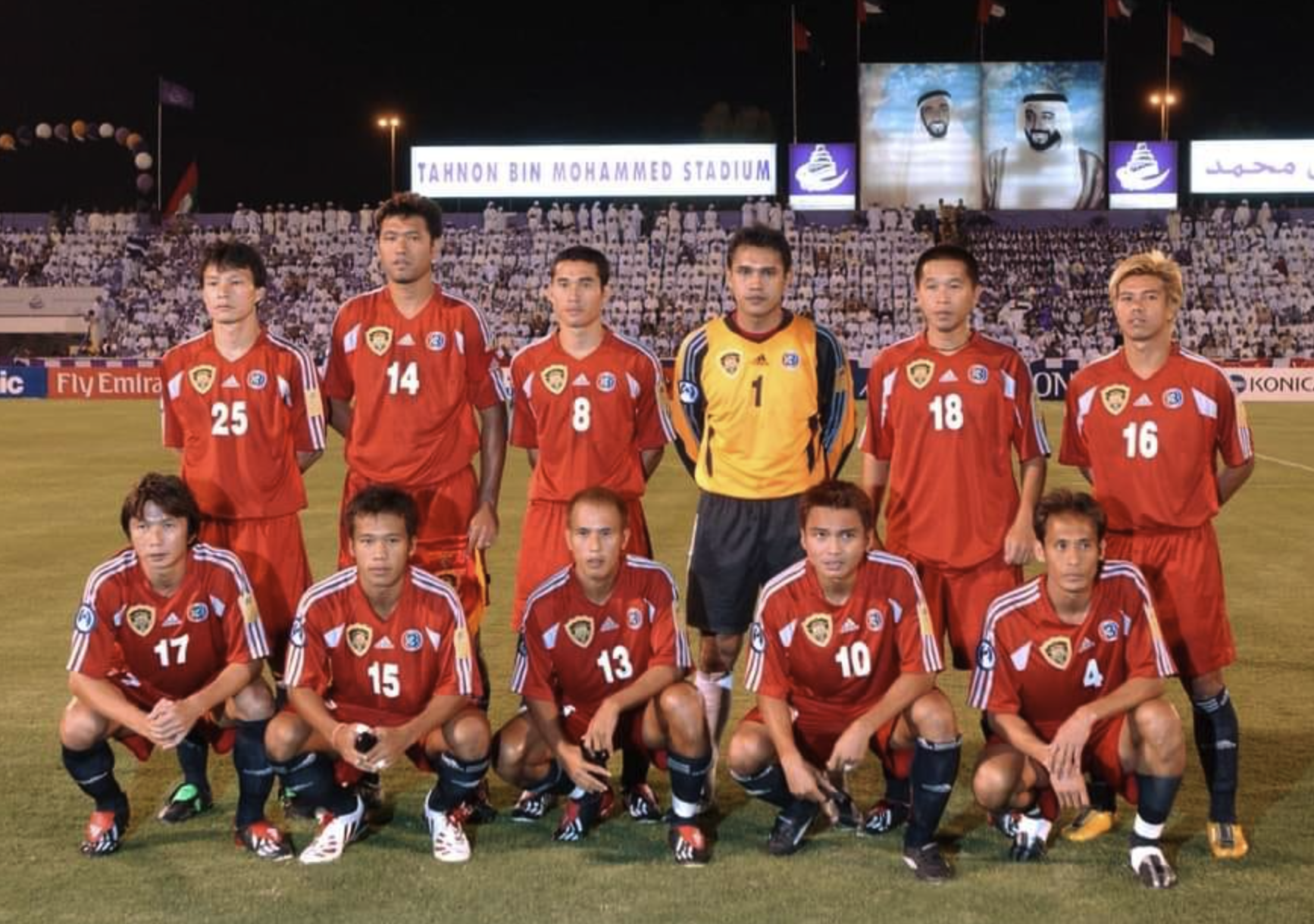
Playing alongside football icons like Dusit Chalermsan, Therdsak Chaiman, and Worrawoot Srimaka, they carved their names into history by reaching the final of the AFC Champions League.
Although they fell short, losing to Al Ain FC of the UAE, the journey remains a monumental achievement in Thai football — a feat that no Thai club has replicated since.
(Prior to the AFC Champions League rebranding, only Kasikorn Bank FC had lifted an Asian title, winning the Asian Club Championship in 1994 and 1995.)
Crossing Borders: A New Adventure in Vietnam 🇻🇳
By his early twenties, after peaking with BEC Tero, he began looking for new challenges — and new horizons.
In Vietnam, football was rapidly growing, and clubs were offering salaries multiple times higher than what players could earn in Thailand.
At that time, Vietnamese clubs offered salaries around 100,000 baht per month (approximately $2,500 USD back then), which would be worth about $4,000–$4,500 USD today, adjusting for inflation and economic growth.
Without agents or middlemen, he negotiated directly with the clubs.
Recognized for his versatility — able to play sweeper, right back, and defensive midfield — he was a highly sought-after player.
"Vietnamese clubs came to watch us play, and they spoke to us directly. They liked that I could cover several positions," he remembered.
🇻🇳 Starting Life in Vietnam: Binh Dinh FC
He first set foot in Vietnam by signing with Binh Dinh FC, where he joined fellow Thai footballer Issawa Singthong, who had already made a name for himself there.
Later, Pipat Thonkanya would also join, forming a Thai trio covering attack, midfield, and defense.
This helped him settle quickly into the team and adapt to a new culture.
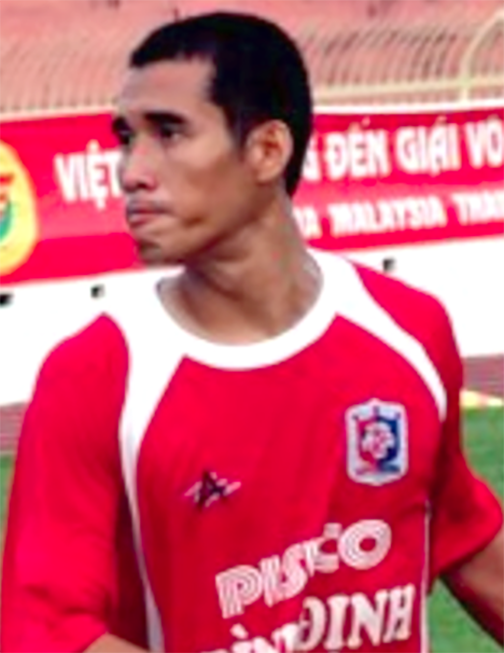
Surprisingly, he stayed at Binh Dinh FC for six full seasons — an impressive tenure that few foreign players achieve — before moving to the powerhouse HAGL FC (Hoàng Anh Gia Lai) to join Kiatisuk Senamuang and later wrapping up his Vietnamese career with Navibank Saigon FC.
Throughout it all, he would only return to Thailand when called up for national team duties.
A Decade Abroad: Vietnam Becomes a Second Home
In his own words, the respect Thai players received at that time was overwhelming.
"The fans treated us like stars. It was normal to be surrounded by supporters wherever we went. Some shops even refused payment — they just asked us to win for their city."
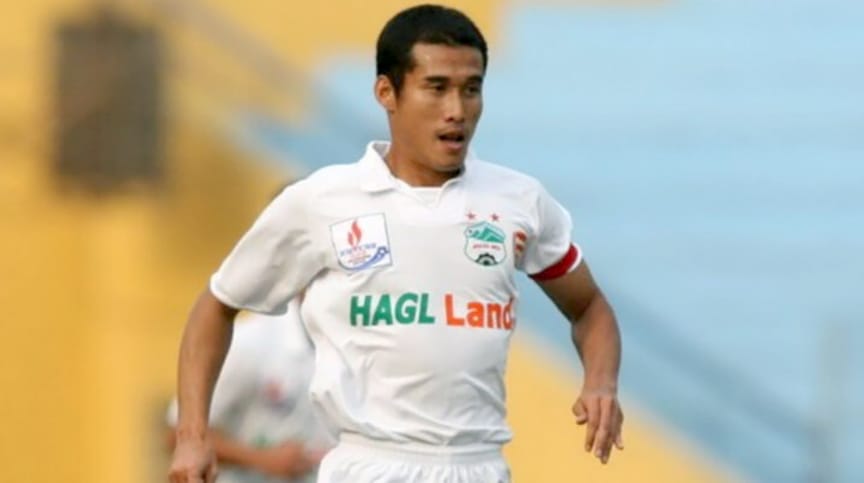
Back then, Vietnam was still developing.
Many towns seemed frozen in time, lacking malls or entertainment centers.
On weekends, entire families would gather at the stadium — much like England’s football culture.
Average attendances easily reached 10,000 to 20,000 spectators per match — numbers that even modern Thai football struggles to match today.
Blending In: Language and Culture
Life in Vietnam wasn't easy at first.
With almost no one speaking English, learning Vietnamese became a necessity.
He began by learning basic numbers to shop at local markets.
Gradually, with no distractions like shopping malls or fast internet, he devoted his free time to studying the language seriously.
He adapted to every aspect of local life — from the food to the chaotic motorbike traffic.
Vietnamese Citizenship: Truth Behind the Rumor
"If social media had been around back then, it would have felt like a full-on online storm — or like the whole house was on fire." he laughed.
After spending over five years in Vietnam and passing the necessary language tests, he officially obtained Vietnamese citizenship — a process managed by his club.
He was given the name Đoàn Văn Nirut, alongside another Thai footballer, Đoàn Văn Sakda (formerly Sakda Joemdee).
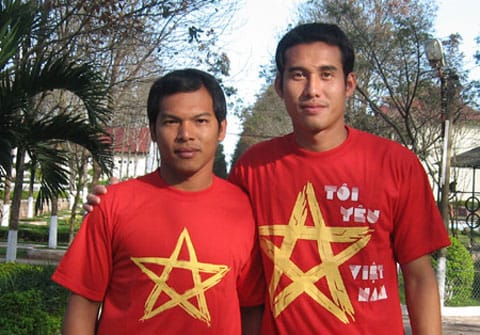
However, contrary to rumors, he never intended to switch allegiances to the Vietnam national team.
Under FIFA rules, having played for Thailand at youth and senior levels, he was never eligible to represent another country.
And most importantly, he never renounced his Thai citizenship.
"There was a time when rumors were going around that I might play for Vietnam. Some people misunderstood. Some even criticized me. But honestly, it never really bothered me.
Every time I put on the Thailand jersey, I gave it everything I had. I never felt like I needed to explain myself. In the end, the rumors just quietly faded away."
In reality, the Vietnamese passport simply made life easier — allowing him to work, travel, and live like a local. Even today, he still holds his Vietnamese documents.
Vietnamese Media’s Perspective(*)
From the moment he arrived in Vietnam, Nirut showed remarkable determination to adapt quickly to his new environment.
He took learning Vietnamese seriously, knowing that it would not only help him settle in but also build stronger connections with his teammates.
Under the guidance of Coach Dương Ngọc Hùng and assistant Nguyễn Văn Cường, he learned more than just football — he learned the Vietnamese language.
He bought textbooks, watched television programs with Vietnamese subtitles, and practiced every chance he could. Whenever he met locals, he would ask them for pronunciation tips and new vocabulary to improve himself.
In just three years, he was able to communicate fluently — not just speaking, but mastering the different accents from the North, Central, and South.
He even blended so well into the daily life that he could confidently navigate Vietnam’s chaotic motorbike traffic — something many foreigners struggled with.
Even Henrique Calisto, the former head coach of the Vietnam national team, once jokingly said:
"Vietnam is wonderful in every way — but I gave up on two things: riding motorbikes and learning Vietnamese.
Once, I mispronounced a word while talking to a woman and almost got attacked by a group of teenagers.
After that, I decided to stop learning Vietnamese altogether," he laughed.
Beloved by Vietnamese Fans 🇻🇳
Because of his attitude — humble, disciplined, respectful — he earned a special place in the hearts of Vietnamese football fans.
Even when he returned to play for Thailand against Vietnam, he was warmly welcomed.
He wasn’t remembered for flashy goals or dramatic moments, but for the heart he left on every pitch he played.
Football and National Duty in Vietnam
One thing that deeply impressed him was Vietnam’s approach to national team duty.
If the national team had fixtures, the domestic league would immediately pause — no negotiations, no complaints.
"Everything there prioritized the nation above the clubs. It was a united system."
It was a system he admired — and one that influenced how he saw football’s role beyond just clubs and individuals.
From a young boy idolizing Thai legends,
to facing global superstars on the pitch,
to winning hearts across two nations —
Nirut Surasiang's journey is one of perseverance, humility, and passion.
And his story doesn't end here. Continue to.. Part 2


